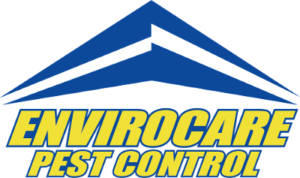Where to find termites in your home is an easy task for someone with experience. However, doing your own termite inspection as a homeowner is like diagnosing yourself for a disease. You may know a little bit because you read it on the internet, but real world experience is invaluable.
If you live in CT and have an average ranch or colonial styled home most any termite inspector can tell you where you may want to look first to see if you have termites. The reason is that there are 3 main areas where termites are most prevalent. If you get lucky the same experienced termite person may also be able to tell which towns have more activity than others. For instance, if someone from North Haven calls the office and says “they think” they have termites, there’s a good chance they’re right.
Where do termites come from?
This article is about termite damage and where its found, but in order to do that you’ll need to know just a bit about CT termites. In CT we have only one type of termite, its called the eastern subterranean termite. This termite feeds on cellulose and cellulose based products (i.e wood and its by products). Their colonies are located in the soil because moisture is vital to their survival. Last, termites only need about the width of a business card to find a way into your home.
Great termite inspectors know a lot about your home before setting foot in it
The big three places where termites are found isn’t a mystery to people in the industry and now you’ll know as well.
Behind your front concrete stoop is the first place to look for termites and termite damage. This is also true of any area around your home where a slab may abut the structure. Termites are able to build shelter tubes up the side of the foundation that is hidden from view. Once this area has been found termites will easily feed on the sill, rim joist and floor joists.
The next and and one of the most common areas to find termites would be at the garage door frames. They’re coming from the joint between the driveway and the garage floor. Using a screwdriver to probe these areas is usually all it takes to notice there’s a problem.
The last area that you’ll find termites are those areas where the siding is buried into the soil. If you take a walk around your home and find these area you may find termite damage on the inside as we did at the carrying beam that’s pictured to the left.
You’ll need professional help
Knowing where to look for termites is much different than knowing what you’re looking for. As the old saying goes just because you can buy wood at the local Home Depot doesn’t mean you can build a house. Termite inspections and treatments are best left to a pest control professional.
If you have termites or think you have termites call Envirocare Pest Control at 1-888-879-6481. We can help.

